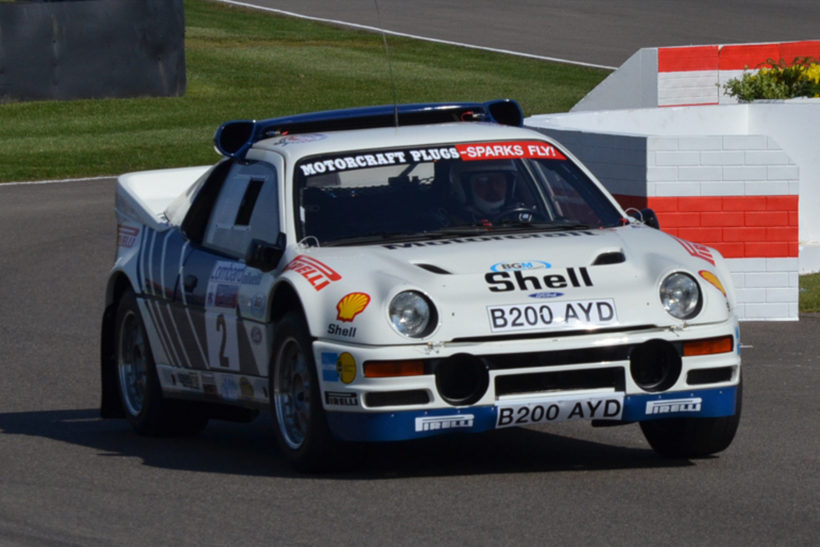Think you know your Ford RS200 facts? Think again, with our 10 things you (probably) didn’t know about the Ford RS200…
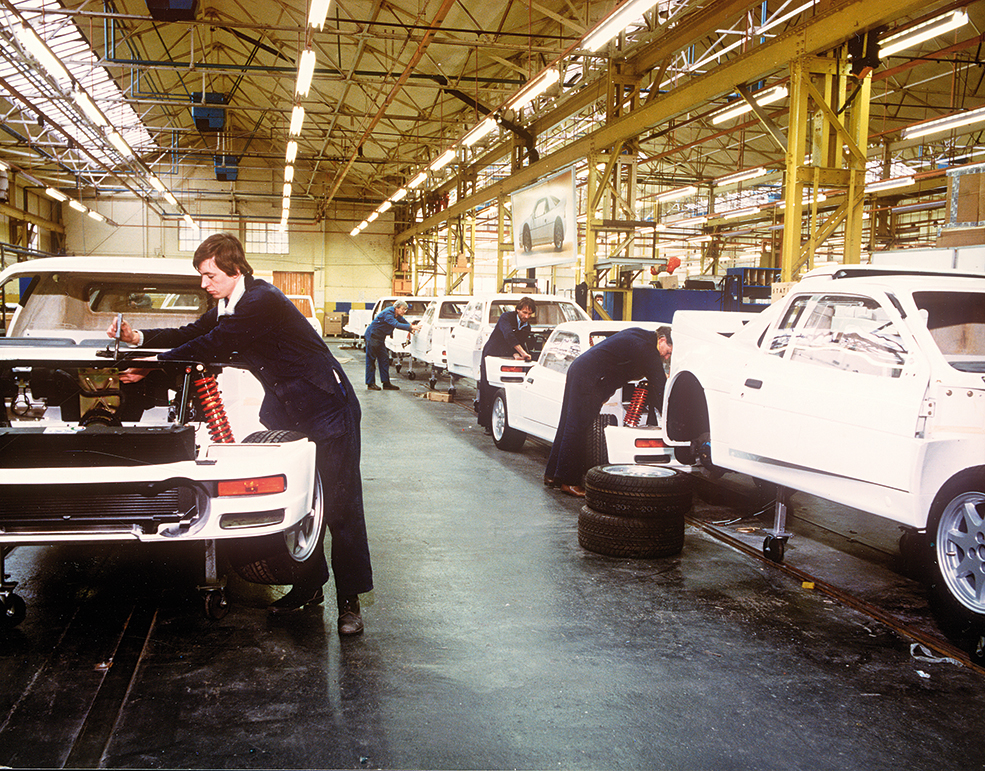
1. The regulations required 200 RS200s to be produced for it to gain sporting homologation approval. After six prototypes had been built at Boreham in 1984 and 1985, the other 194 cars were all assembled in a factory at Shenstone, near Lichfield, between summer 1985 and January 1986.
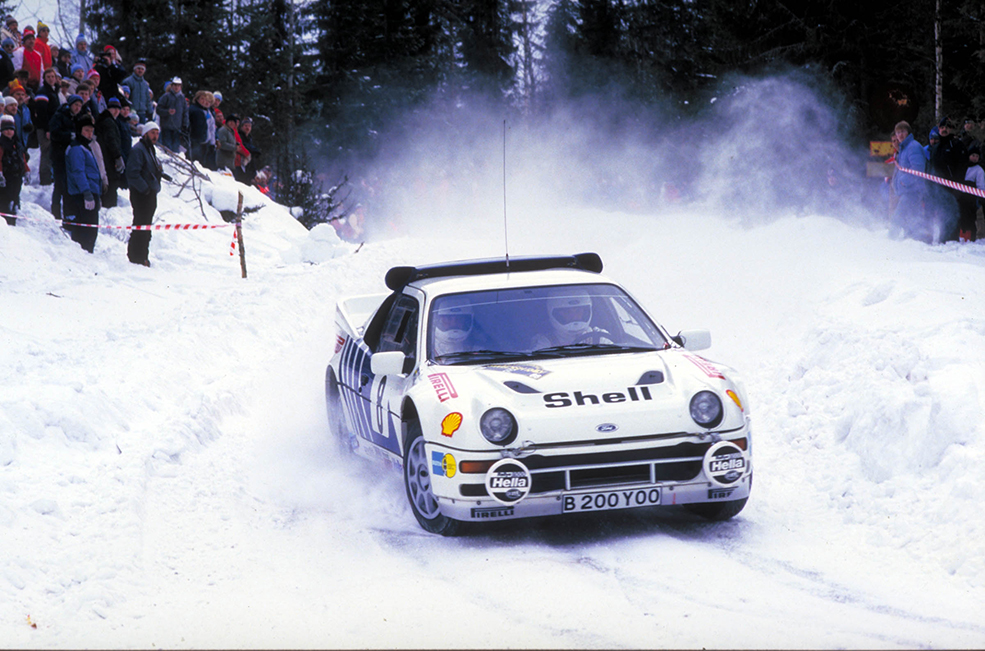
2. In the mid-1980s, international Group B regulations imposed an arbitrary ‘engine enlargement’ factor of 1.4:1 to turbocharged engines. This explains why the RS200 engine was of 1,803cc, which equated to a nominal 2,524cc, just above the lower 2.5-litre limit, and allowing later ‘works’ cars to run with enlarged engines – up to 2,143cc and the upper 3.0 limit if necessary.
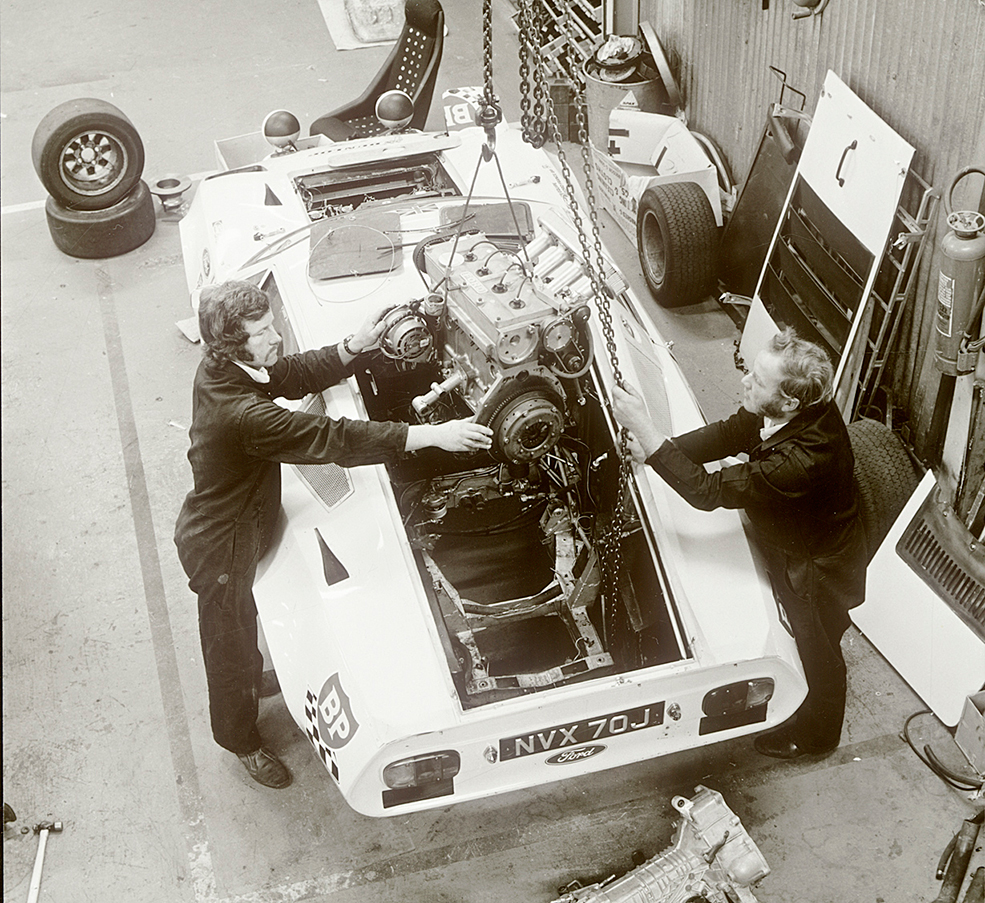
3. Most people forget that the RS200 was not the first mid/rear-engined car to be developed at Boreham. The GT70 of 1970 (which had been designed by Len Bailey) beat it by more than ten years, though that car only had rear-wheel drive.
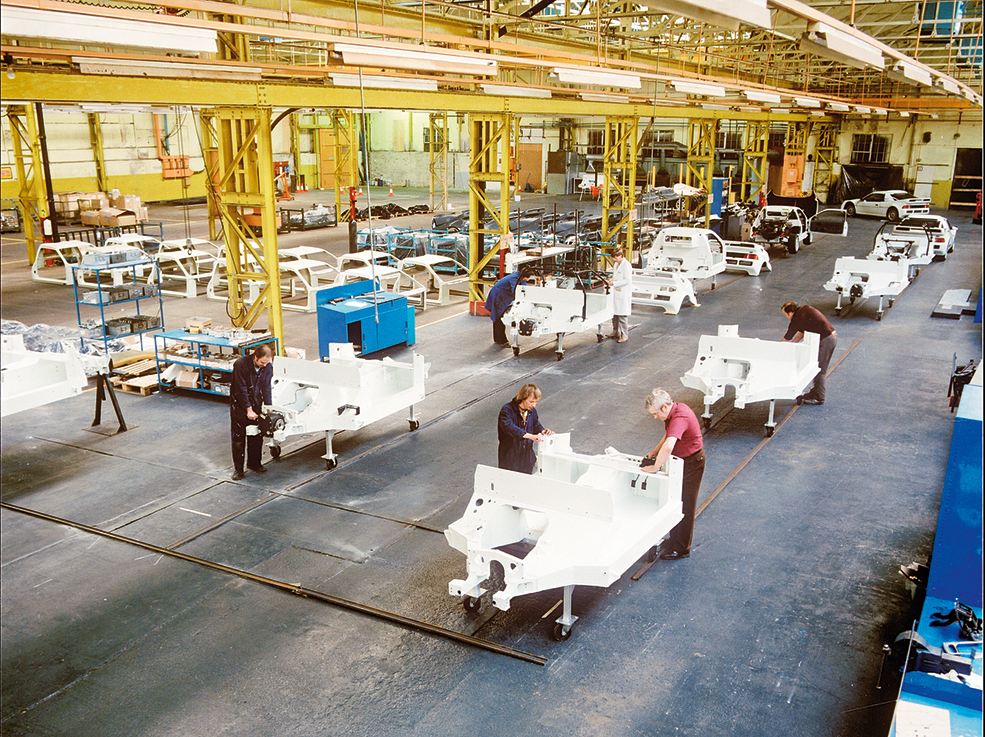
4. Many tall stories suggest that RS200s were ‘built by Reliant’, but this is actually wrong. To do the job, Ford actually took the lease of an ex-Reliant factory, which was totally empty when acquired, and took on some redundant staff from Reliant. Many of the GRP exterior body panels, however, did come from Reliant, whose plant was just five miles away.
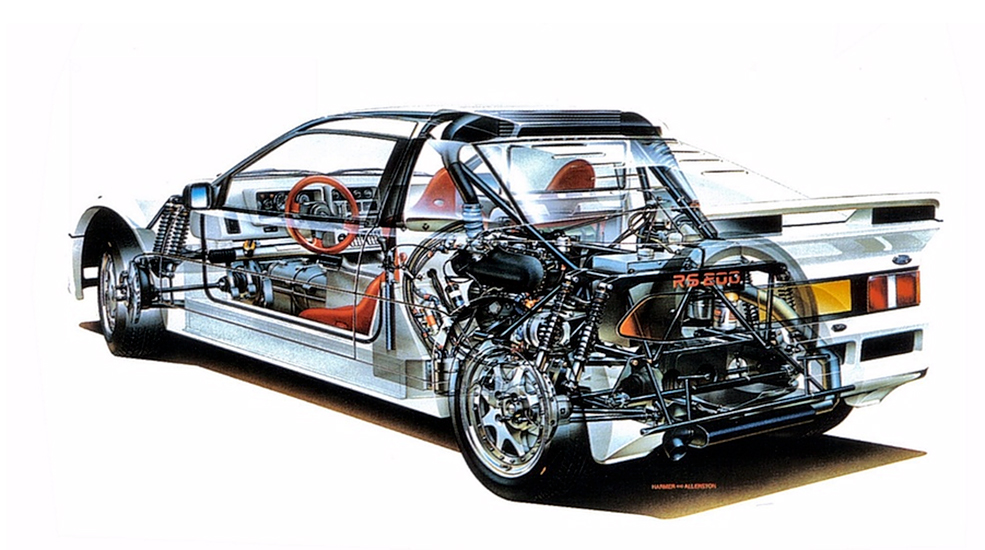
5. RS200 styling was carried out by Ghia, in Turin, Italy, and was loosely based around the use of a Sierra front windscreen and front roof, along with cut-down Sierra front doors, but in high-tech materials. The main chassis ‘tub’ section was produced in aluminium honeycomb plus other high-tech materials, and supplied by Arch Motors.
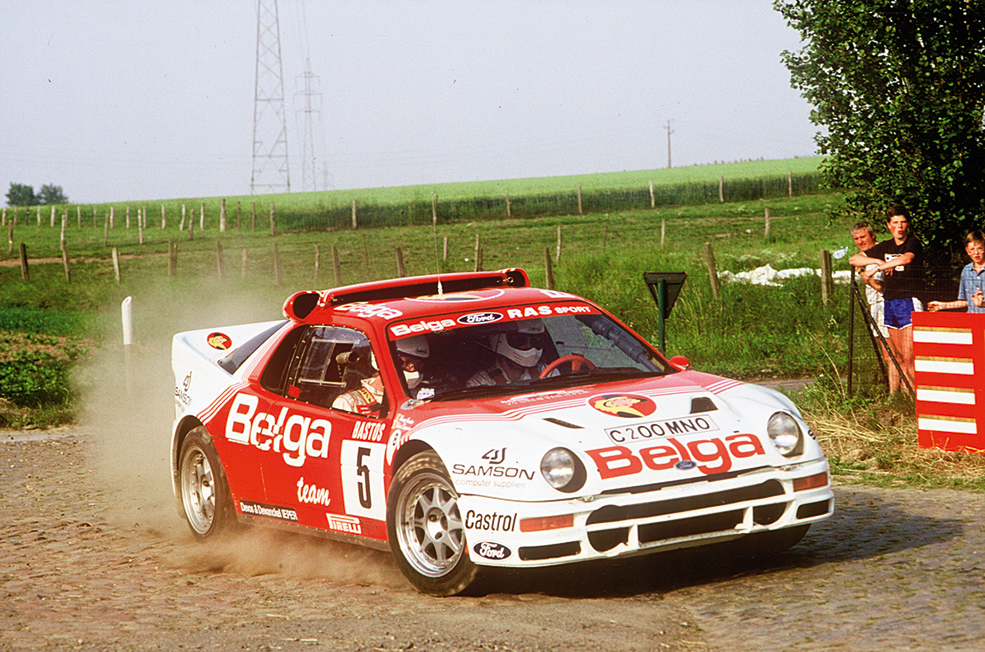
6. Because of the FIA’s cancellation of the World Championship Group B formula, Ford only started three such events in works RS200s, taking one third place, in Sweden. However, during the same year (1986), RS200s won no fewer than nineteen international rallies in Europe, and several national championships too.
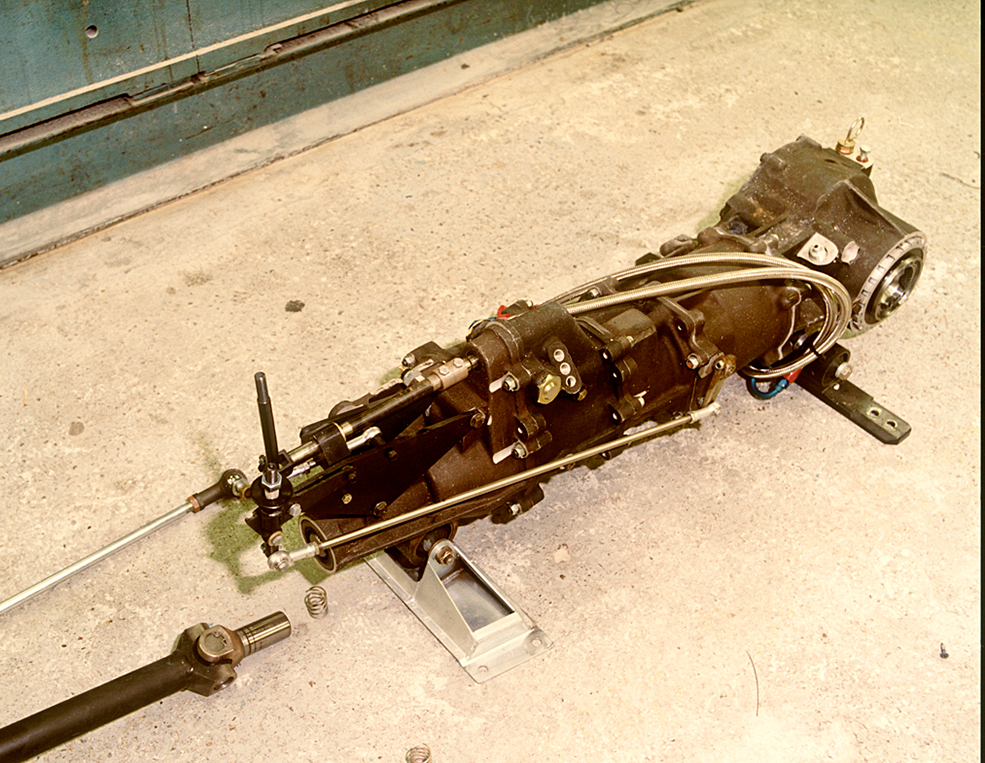
7. Competition RS200s were equipped to run in four-wheel or rear-wheel drive, at the driver’s choice, but many road cars did not have that provision. When this feature was fitted on some models, a second gear lever was to be seen, alongside the normal gear lever.
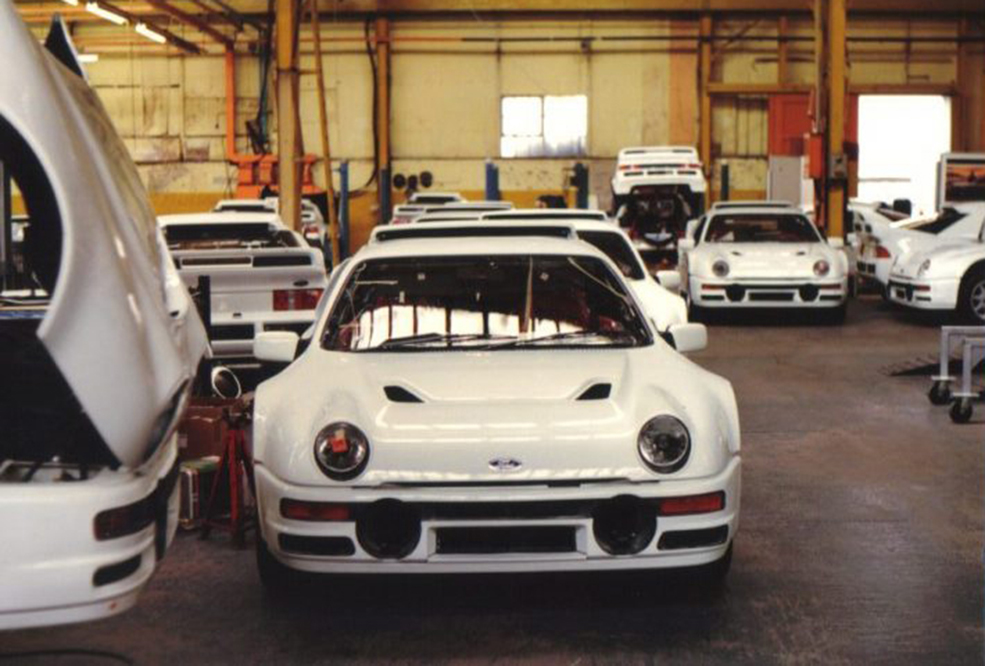
8. The RS200 was the second specially- designed Group B car to take shape at Boreham, and owed nothing to any other existing Ford model. It replaced the Escort RS1700T project, which was based on the Escort Mk3 structure. The chief engineer was John Wheeler, who later went on to conceive the Escort RS Cosworth.
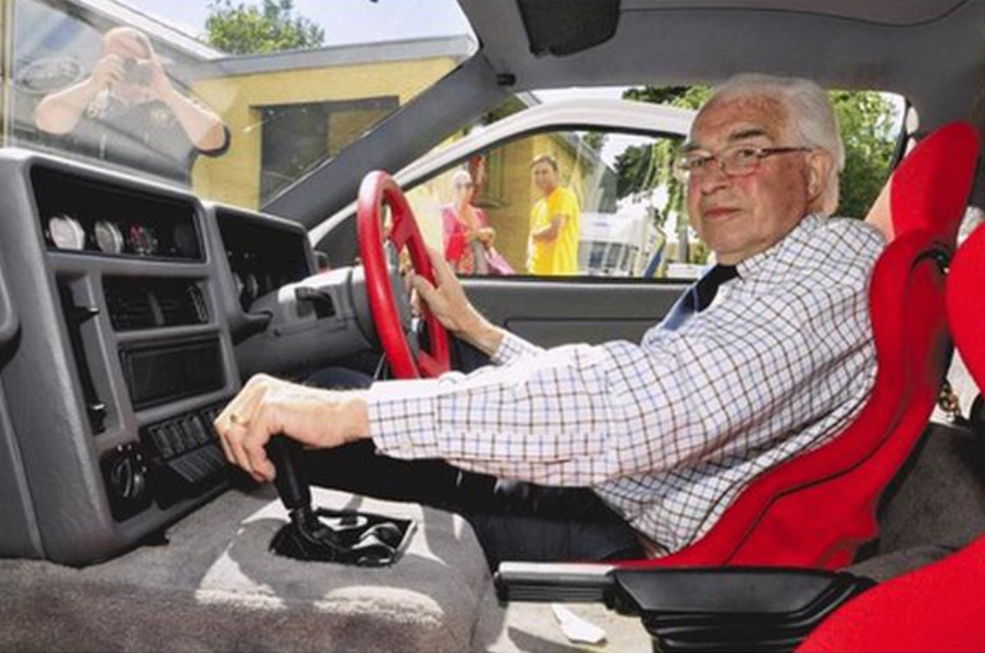
9. Most RS200 road cars ended up as rich men’s toys, completing very little mileage. However, two drivers, Bob Howe (above) of Ford, who sold every single car, and Graham Robson, who ran the factory-controlled one-make club, both clocked up more than 100,000 miles in four years, using several different cars in each case.
10. When Group B was cancelled by the FIA in mid-1986, Ford was on course to launch a new RS200E (E for Evolution) model for use in 1987. 20 such cars would have to be made, and specially designed 2.1-litre BDT-E engines (which equated to 2.99-litres when the FIA ‘factor’ was applied) had already been designed by Brian Hart Ltd. In later years, that engine would prove capable of producing up to 650bhp!

